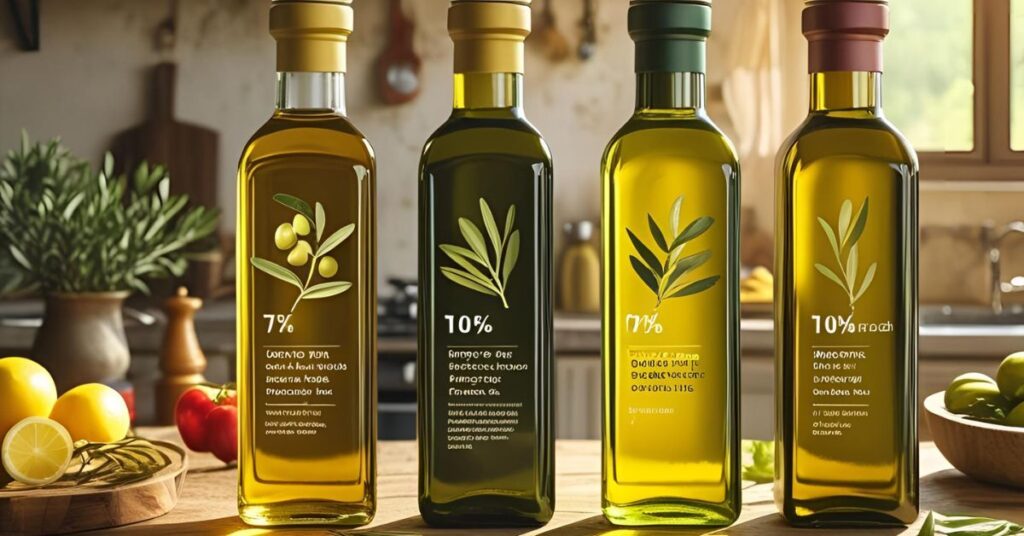
Cold-Pressed vs. Refined Olive Oil: What’s the Difference and Why It Matters

When browsing the olive oil aisle, you may notice terms like cold-pressed vs refined on labels. But what do these actually mean, and how do they affect the quality, flavor, and health benefits of the oil you’re buying?
In this post, we’ll break down the key differences between cold-pressed vs refined olive oil—so you can make more informed, flavorful, and health-conscious choices.
What Is Cold-Pressed Olive Oil?
Cold-pressed olive oil is produced by mechanically extracting oil from olives without the use of heat or chemicals. The term “cold” refers to keeping the temperature below 27°C (80°F) during extraction, preserving the oil’s natural aroma, taste, and nutritional value.
Key Characteristics:
- Unrefined & pure: No chemical treatment or high heat is used.
- Flavor-rich: Fruity, peppery, or grassy notes depending on the olive variety and harvest.
- High in nutrients: Retains antioxidants like polyphenols and vitamins E and K.
- Extra virgin quality: Cold pressing is the standard method for producing extra virgin olive oil (EVOO)—the highest grade available.
Best for: Salad dressings, drizzling over dishes, and any culinary use where flavor matters.
What Is Refined Olive Oil?
Refined olive oil starts with lower-quality olives or previously extracted oils that undergo a refining process involving heat, solvents, and filtration to remove impurities and defects.
Key Characteristics:
- Neutral flavor: Lacks the bold taste of cold-pressed oils.
- Lighter color & aroma: Due to removal of natural compounds during refining.
- Lower in nutrients: Antioxidants and beneficial compounds are stripped away.
- More shelf-stable: But at the cost of complexity and character.
Best for: High-heat cooking, frying, or situations where flavor is not a priority.
Why the Difference Matters
| Factor | Cold-Pressed | Refined |
|---|---|---|
| Flavor | Robust, complex | Neutral |
| Nutritional Value | High | Low |
| Processing | Mechanical only | Heat & chemicals |
| Best Use | Dressings, finishing | Frying, baking |
| Cost | Higher | Lower |
If you’re buying olive oil for health or gourmet reasons, cold-pressed extra virgin is your best bet. If you’re cooking at high heat and don’t want to waste premium oil, refined olive oil can be a practical option.
The Bottom Line
Cold-pressed olive oil is as close as it gets to olives in liquid form—pure, flavorful, and loaded with health benefits. Refined olive oil has its uses in the kitchen, but it sacrifices taste and nutrients in the process.
So next time you’re selecting a bottle, consider what you’re cooking, your flavor preferences, and how much you value nutrition. Your dishes—and your body—will thank you.
Want to taste the difference? Explore our curated selection of premium cold-pressed olive oils here and elevate your culinary experience.